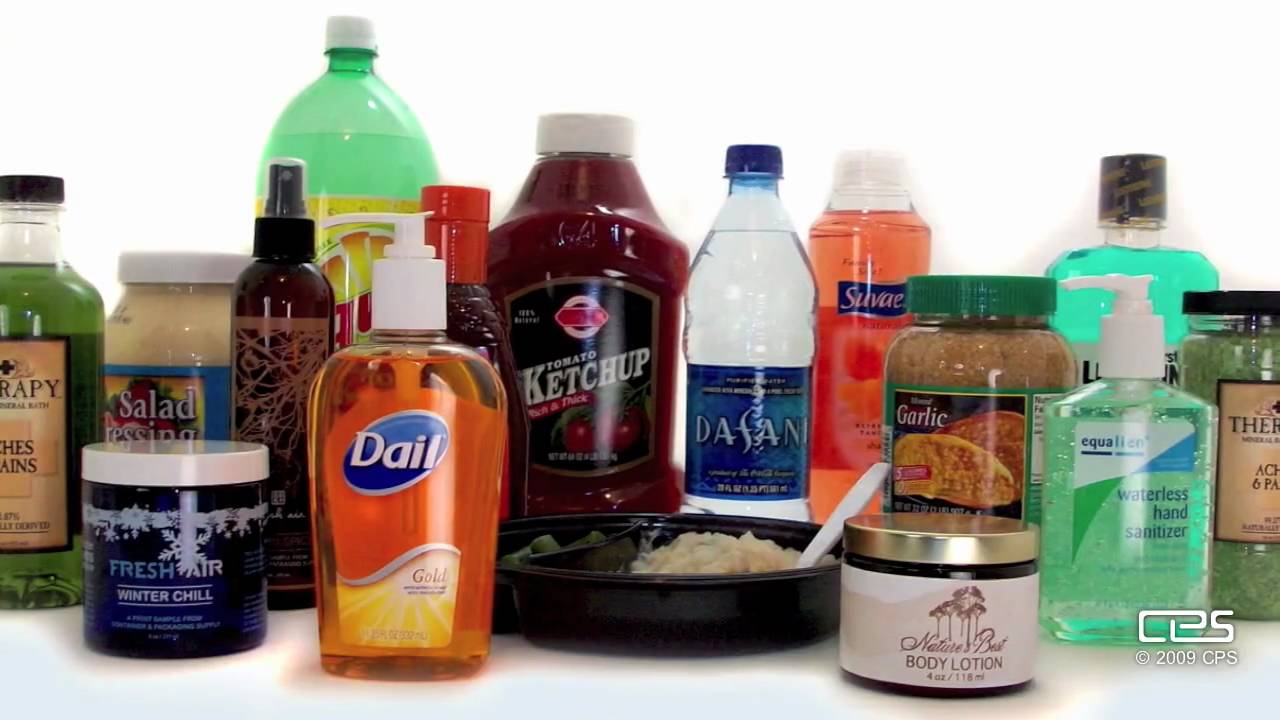3 of the Most Common Plastics and How to Recycle them like a Pro!

Plastic has undoubtedly become a hot topic of conservation over the past few years. It's no secret that we all love to hate plastic.
So much so that I often feel like people are secretly judging me for the odd time I need a plastic-wrapped product at the grocery store (even though they probably aren't).
Although - we should be conscious of how much plastic we use.
The Great Pacific Garbage Patch is 1.6 million square kilometres and mainly consists of 50 million tons of plastic and discarded fishing nets. The mass is larger than the state of Texas! It's almost hard to fathom that much junk.

As terrible as plastic pollution is, our lives are pretty dependent on plastics at the moment. Plastic materials go into our electronics, food packaging, and even our clothes. 🤯
We must start switching to plastic-free alternatives, but until we do, it's crucial to be familiar with the different forms of plastic so you can recycle like a pro and keep your junk out of The Great Pacific Garbage Patch.
Minimize your carbon footprint with OurForest
Plant trees for free with your browser.I know, I know. You're probably saying, "Hey! I recycle all of my plastic!" But, the majority of plastic you throw in the recycling bin never actually gets recycled.
This is mainly because of something called recycling contamination.
Recycling contamination is when you mix recyclable items with non-recyclable items. This contamination causes 25% of recyclable items to end up in the landfill!
This is especially frequent with plastics because there are so many different forms of plastic. I can't blame you for not knowing this because it isn't something discussed in the media.

Fear not! Here's a list of the three most common forms of plastic and how to properly recycle them so they don't end up floating in the ocean with the fishies.
#1. Polyethylene Terephthalate (PETE or PET)
This is the most common form of plastic used worldwide. You can find Polyethylene Terephthalate in bottles, packaging, food jars, and even clothing.

In clothing, it’s known as PET, which is polyester, a synthetic fabric.
Not all PET is bad, though! If you see “rPET” on a clothing label then that means the clothing is made from recycled plastic. A lot of sustainable fashion brands use rPET to give plastic a new life.
Although PET can only be recycled a limited amount of times before it degrades. If your clothing contains polyester, bring it to a recycling facility that breaks down synthetic fibres.
#2. High-Density Polyethylene (HDPE)
You can probably guess from its name, this plastic is strong and super durable.
It’s extremely versatile and is found in medical products, food packaging, and construction tools.
Yep, that mask you’re wearing is probably all HDPE.

Fortunately it’s easy to recycle! Just check in with your local recycling centre to make sure you can put it in the recycling bin or if it needs to be separated.
#3. Low-Density Polyethylene (LDPE)
Low-density polyethylene is very light and flexible, so it’s used just about everywhere.
LDPE is most commonly found in plastic bags, plastic cling wrap, shipping envelopes, and even floor tiles because of its flexibility!

Unfortunately LDPE is quite hard to recycle. Because of its flexibility, it often causes backups or breakages in recycling sorting, so a lot of facilities don’t accept this plastic at all.
So - it’s best to avoid LDPE whenever possible.
Now that you know the top 3 most common plastics you can create a plan for how to recycle them, or better yet, avoid them!
